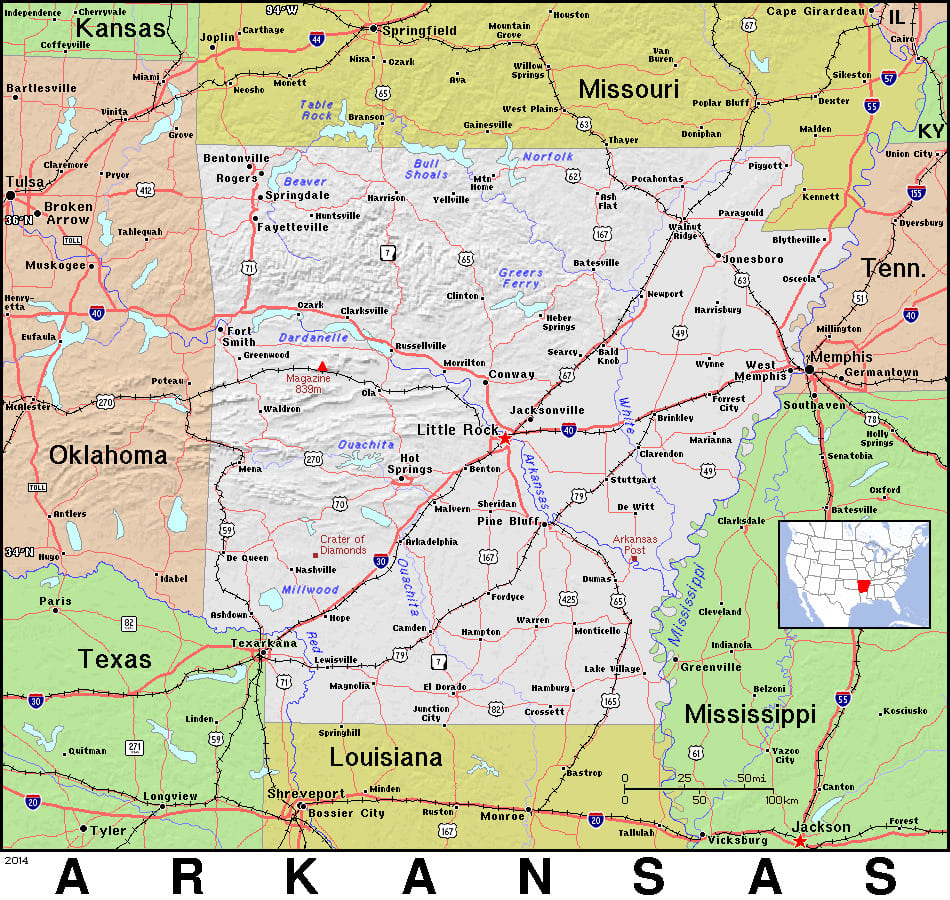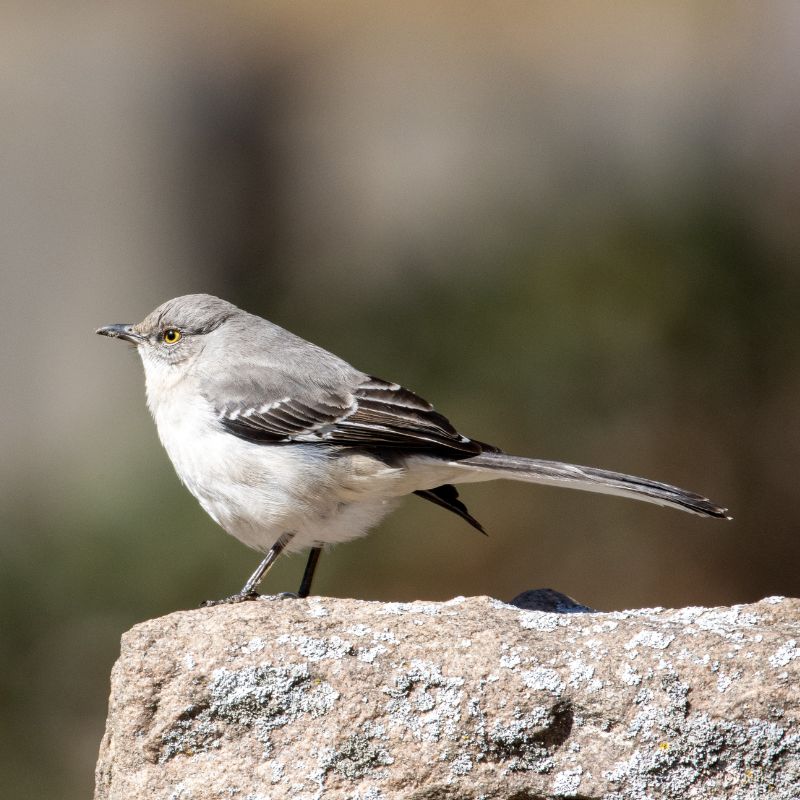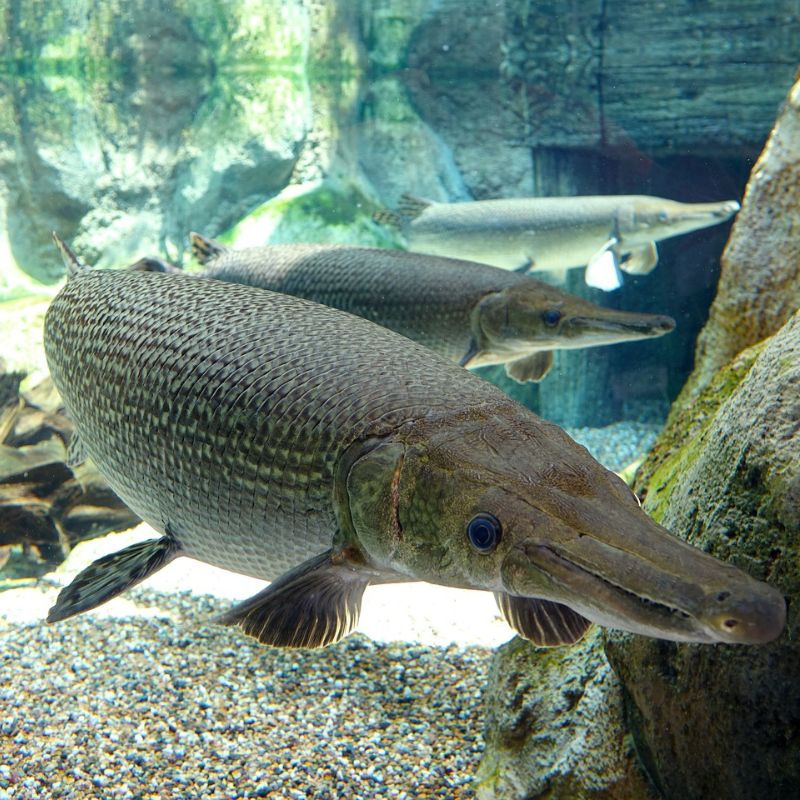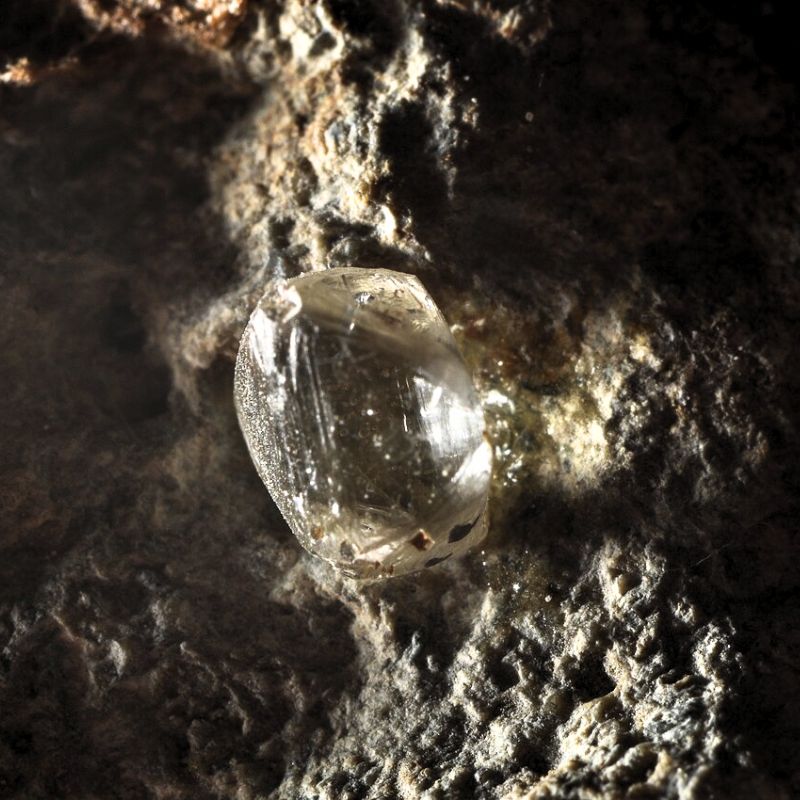Explore the Fascinating History of Arkansas
Take our Arkansas History Trivia Quizzes for a Chance to Win a 6-Month Subscription to History By Mail!

The History of Arkansas
Journey Through Arkansas's History and Trivia
Welcome to our Arkansas history and trivia page, presented by History By Mail. Join us as we embark on a journey through the captivating past and cultural tapestry of the Natural State. From Native American heritage to the Civil War era and beyond, we'll explore Arkansas's hidden treasures and challenge your knowledge with entertaining quizzes. Let's uncover the rich history and intriguing trivia of Arkansas together.
Arkansas, known as the Natural State, is a land of remarkable history and diverse cultures. From the ancient tribes that once roamed its forests to the early European explorers who ventured into its wilderness, Arkansas holds a fascinating legacy. From the majestic Ozark Mountains and the enchanting Hot Springs National Park to vibrant cities like Little Rock and Fayetteville, Arkansas showcases breathtaking natural beauty, thriving arts and culture, and a welcoming spirit that leaves a lasting impression. Join us as we unravel the intriguing history and trivia of Arkansas.
Facts About Arkansas
State Abbreviation: AR
Capital: Little Rock
Name Origin: Arkansas’ name came from the Quapaw Indians, whom the French called the “Arkansaw.”
Nickname: The Natural State
Statehood: June 15, 1836 (25th State)
State Motto: Regnat populus (The people rule)
Arkansas' Flag
The Arkansas state flag, officially adopted in 1913, features a simple and elegant design on a field of red. In the center, a large white diamond represents the state's diamond mines, highlighting Arkansas's unique geological heritage. Inside the diamond, a blue band bears the state's name, "Arkansas," in white capital letters, emphasizing pride in its identity. Above the band, four blue stars symbolize Arkansas's membership in the Confederate States of America during the Civil War. This flag stands as a proud emblem of Arkansas's history, natural resources, and enduring spirit.
Arkansas' Great Seal
The state seal of Arkansas, in its current configuration since 1907, employs symbols shared with other states. Positioned at the base, an eagle clutches a scroll in its beak bearing the state motto "Regnat Populus" (The People Rule). Before the eagle lies a shield akin to Pennsylvania's, divided into three sections. A depiction of Liberty, as seen on North Carolina's seal, holds a pole and liberty cap. On the left, an angel is labeled "Mercy," while a sword on the right signifies "Justice."

--- State Trivia #1 ---
History of Arkansas
In the mid-16th century, the Spaniard Hernando de Soto was among the early European explorers to venture into the territory that would become Arkansas. However, it was a Frenchman named Henri de Tonti who founded the first permanent white settlement, known as the Arkansas Post, in 1686. The area became part of the United States in 1803 through the Louisiana Purchase.
Initially, the region was part of the Territory of Missouri from 1812. However, as the first substantial wave of settlers arrived, Arkansas became a separate entity in 1819. Over the following decades, the cotton industry flourished, and the Southern plantation system expanded westward into Arkansas. In 1861, Arkansas joined the Confederacy during the Civil War, but from 1863, Union troops occupied the northern part of the state.
Food products serve as Arkansas's largest employing sector, with lumber and wood products following closely behind. The state is renowned for its production of cotton, rice, and soybeans. Additionally, it boasts the country's only active diamond mine, near Murfreesboro, which doubles as a popular tourist attraction.
Arkansas is home to several significant state attractions. Hot Springs National Park and Buffalo National River, situated in the picturesque Ozarks, draw numerous visitors. Blanchard Springs Caverns, the Historic Arkansas Museum in Little Rock, the William J. Clinton Birthplace in Hope, and the Arkansas Folk Center in Mountain View are also of great interest. A notable addition in 2011 was the Crystal Bridges Museum for American Art, designed by Moshe Safdie, showcasing the art collection of Walmart heiress Alice Walton.
Arizona is steeped in the legends and tales of America's Old West. It was here that renowned Native American chiefs Geronimo and Cochise led their people in resistance against the encroaching frontiersmen. The town of Tombstone, Arizona, gained fame as the site of the most renowned shootout in the West—the gunfight at the O.K. Corral. Presently, Arizona boasts one of the largest Native American populations in the United States, with over 14 tribes represented across 20 reservations.
Manufacturing has emerged as Arizona's primary industry, with a focus on electrical, communications, and aeronautical products. The state is a major producer of copper, accounting for over half of the country's output. Agriculture also plays a significant role in the state's economy, with cattle and calves, dairy products, and cotton being key commodities. Notably, in 1973, the completion of the New Cornelia Tailings dam near Ajo marked a remarkable engineering feat.
Tragically, Arizona has faced devastating forest fires in its history. The Rodeo-Chediski Fire, which began on June 18, 2002, and was not brought under control until July 7, became the state's most destructive forest fire at the time. However, on June 14, 2011, the Wallow Fire surpassed the Rodeo-Chediski Fire as the largest fire in Arizona's recorded history. The Rodeo Fire was ignited by a part-time firefighter seeking employment, while the Chediski Fire originated from the signal fire of a stranded motorist. The two fires merged, ultimately consuming over 700 square miles. The Wallow Fire, which scorched 840 square miles, was caused by an unattended campfire started by two cousins.
In 2008, Arizona senator John McCain secured the Republican nomination for the U.S. Presidency but was ultimately defeated by the Democratic ticket of Barack Obama and Joe Biden.
Arizona boasts a wealth of captivating attractions, including the awe-inspiring Grand Canyon, the unique Petrified Forest, the striking Painted Desert, the iconic Hoover Dam, the expansive Lake Mead, the historic Fort Apache, and the reconstructed London Bridge at Lake Havasu City.
In 1968, an extensive oil and gas reservoir near Prudhoe Bay on the Arctic Coast was discovered. The Prudhoe Bay reservoir, estimated to contain 10 billion barrels of recoverable oil and 27 trillion cubic feet of gas, is the largest oil field in North America. The Trans-Alaska pipeline, completed in 1977 at a cost of $7.7 billion, stretches 800 miles from Prudhoe Bay to the port of Valdez, facilitating the flow of oil.
Fisheries, wood and wood products, furs, and tourism are other significant industries in Alaska.
Denali National Park and Mendenhall Glacier in the North Tongass National Forest are notable attractions, as is the extensive totem pole collection at Sitka National Historical Park. Katmai National Park encompasses the "Valley of Ten Thousand Smokes," an area dotted with active volcanoes.
The Alaska Native population comprises Eskimos, Native Americans, and Aleuts. Eskimos are the largest group, representing about half of all Alaska Natives. Inupiat and Yupik are the primary Eskimo groups, distinguished by their language and geographical regions. Inupiat reside in the northern and northwestern parts of Alaska, speaking Inupiaq, while Yupik inhabit the southern and southwestern areas, speaking Yupik.
Approximately one-third of Alaska Natives are Native Americans, with major tribes such as the Alaskan Athabaskan located in the central part of the state, and the Tlingit, Tsimshian, and Haida residing in the southeast.
The Aleuts, native to the Aleutian Islands, Kodiak Island, the lower Alaska and Kenai Peninsulas, and Prince William Sound, are both physically and culturally connected to the Eskimos. Aleuts comprise about 15% of the Alaska Native population.
On March 24, 1989, the oil tanker Exxon Valdez struck a reef in Prince William Sound, causing a catastrophic spill of 11 million gallons of crude oil, affecting 1,500 miles of coastline. The extensive cleanup effort lasted over three years.
During the 2008 presidential elections, Sarah Palin, Alaska's first female governor, was selected as Republican candidate John McCain's running mate, becoming the GOP's first female candidate for vice president. However, Palin and McCain were defeated by the Democratic ticket of Barack Obama and Joe Biden.
In August 2015, President Barack Obama restored the native Alaskan name "Denali" to Mount McKinley, honoring the local heritage.
State Symbols
Fun Facts
- Arkansas is also the only U.S. state that actively mines diamonds.
- Rock House Cave in Petit Jean State Park contains well-preserved rock drawings that were created by Native Americans more than 500 years ago.
- Famous Arkansans include President William Jefferson Clinton, General Douglas MacArthur, and former U.S. Surgeon General M. Joycelyn Elders.
- Why is Arkansas pronounced differently from Kansas? Because Kansas (pronounced KAN-zuhs) is the English pronunciation, and Arkansas (pronounced AHR-kuhn-saw) is the French pronunciation (which is closer to the way Native Americans said it.)
--- State Trivia #2 ---

Things To Do in Arkansas
- Explore the Ozark Mountains: Discover the stunning beauty of the Ozark Mountains in Arkansas. Hike scenic trails, go camping, fishing, or boating in the lakes and rivers, and immerse yourself in the picturesque landscapes.
- Visit Hot Springs National Park: Experience the rejuvenating power of natural hot springs in Hot Springs National Park. Take a relaxing bath in the thermal waters, explore the historic bathhouses, and enjoy the serene nature trails in this unique national park.
- Discover the Clinton Presidential Library: Explore the William J. Clinton Presidential Library in Little Rock. Learn about the life and presidency of the 42nd President of the United States, view exhibits that showcase American history, and stroll along the scenic riverfront grounds.
- Marvel at the Crystal Bridges Museum of American Art: Immerse yourself in the world of American art at the Crystal Bridges Museum in Bentonville. Admire a remarkable collection of artworks spanning centuries, explore the picturesque museum grounds, and enjoy the tranquil nature trails surrounding the museum.
- Experience the Buffalo National River: Embark on an unforgettable adventure along the Buffalo National River, one of the few remaining undammed rivers in the United States. Go canoeing, kayaking, or fishing in its pristine waters, and enjoy camping and hiking in the beautiful surrounding wilderness.

General Map of Arkansas
Arkansas, known as "The Natural State," is located in the southeastern United States. It offers a captivating array of natural beauty and outdoor adventures. From the majestic beauty of the Ozark Mountains in the north to the serene waters of the Arkansas River in the south, Arkansas is a paradise for nature lovers.
Famous People From Arkansas
--- State Trivia #3 ---
FREQUENTLY ASKED QUESTIONS ABOUT ARKANSAS
Arkansas became the 25th state of the United States on June 15, 1836. It was originally a territory acquired as part of the Louisiana Purchase in 1803. The Arkansas Territory was established on July 4, 1819, and it took almost two decades of population growth and political efforts before it gained statehood.
The Arkansas Post holds historical significance as the first European settlement in the Mississippi River Valley. It was established by French explorers in 1686 and served as a crucial trading post during the colonial era. The site changed hands multiple times between French, Spanish, and American forces, playing a role in regional politics and commerce.
Arkansas boasts several important archaeological sites that provide insights into its prehistoric past. One of the most notable is the Toltec Mounds Archaeological State Park, which preserves ancient Native American mounds dating back to around 650-1050 CE. The Parkin Archaeological State Park is another essential site, featuring remnants of a Mississippian culture village and mounds.
In 1906, diamonds were discovered in the Crater of Diamonds State Park in Arkansas. This find sparked a diamond rush, drawing prospectors and tourists to the area. While the commercial diamond mining efforts were not as successful, the park remains the only diamond-producing site in the United States open to the public. Today, it attracts visitors and gem enthusiasts from around the world.
Related Resources
- Official Website of the State of Arkansas: The official website provides information about the state government, services, business, tourism, and more. Visit: https://portal.arkansas.gov/
- Arkansas Department of Parks, Heritage, and Tourism: Explore Arkansas's natural wonders, state parks, historic sites, cultural heritage, events, and plan your visit. Visit: https://www.arkansas.com/
- Arkansas State Parks: Discover Arkansas's beautiful state parks, camping sites, trails, lakes, and recreational activities. Visit: https://www.arkansasstateparks.com/
- Arkansas Historic Preservation Program: Learn about Arkansas's rich history, historic sites, preservation efforts, and educational resources. Visit: https://www.arkansasheritage.com/
- Crystal Bridges Museum of American Art: Experience world-class art and cultural exhibitions at the renowned Crystal Bridges Museum located in Bentonville, Arkansas. Visit: https://crystalbridges.org/
- Little Rock Central High School National Historic Site: Explore the important history and significance of the Little Rock Central High School in the civil rights movement. Visit: https://www.nps.gov/chsc/index.htm
- Clinton Presidential Center: Discover the legacy of President Bill Clinton and explore exhibits, archives, and educational programs at the Clinton Presidential Center in Little Rock. Visit: https://www.clintonfoundation.org/clinton-presidential-center
- Hot Springs National Park: Immerse yourself in the healing thermal waters, historic bathhouses, and natural beauty of Hot Springs National Park. Visit: https://www.nps.gov/hosp/index.htm







